What is TMJ Dysfunction? TMJ Dysfunction, also known as temporomandibular joint disorder (TMD), refers to a variety of conditions affecting …


What is TMJ Dysfunction? TMJ Dysfunction, also known as temporomandibular joint disorder (TMD), refers to a variety of conditions affecting …
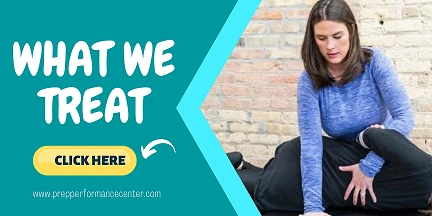
What We Treat At our Physical Therapy clinic, we specialize in comprehensive care for a wide range of conditions and …
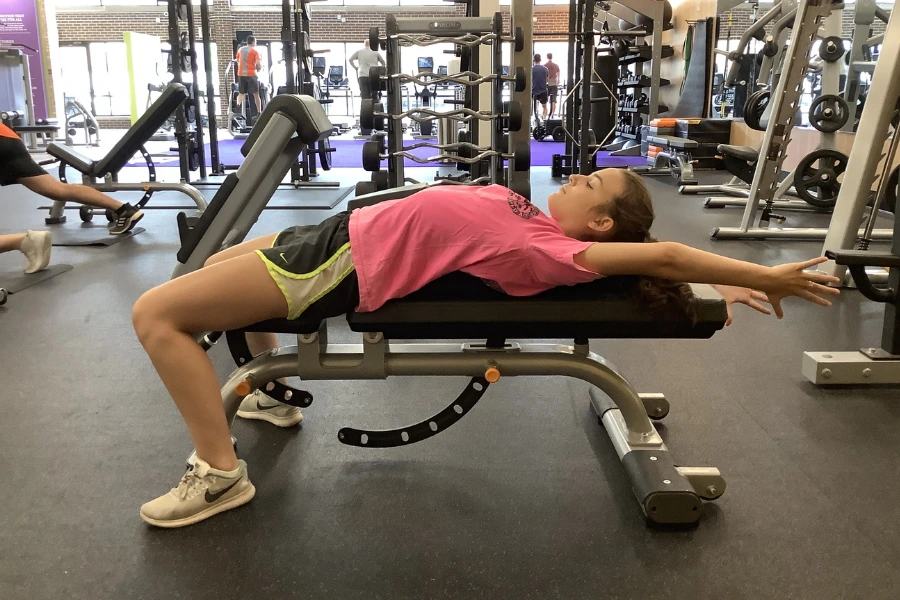
Methods may use include heat and ice therapy, electrical stimulation, ultrasound, and laser technology. A physical therapist can also teach you ways to perform your job to avoid repetitive injuries in the future.
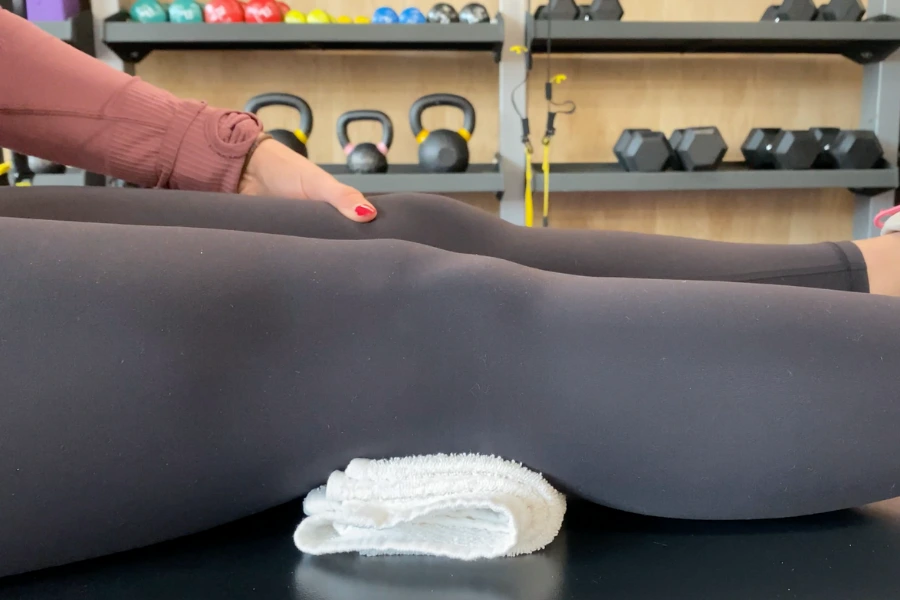
Your treatment plan will consist of passive therapies to relieve pain and promote healing, in addition to active muscle-strengthening exercises and stretches to increase strength.
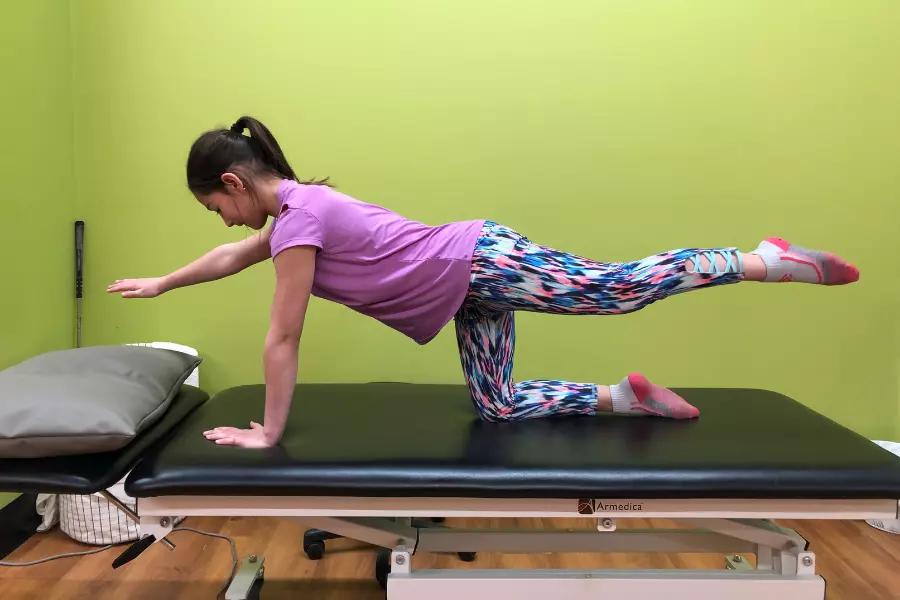
Our treatments for pediatric sports injuries are conservative and non-invasive, aimed at relieving pain and promoting healing. Our highly trained Chicago physical therapists incorporate specialized methods into their treatment plans as needed.
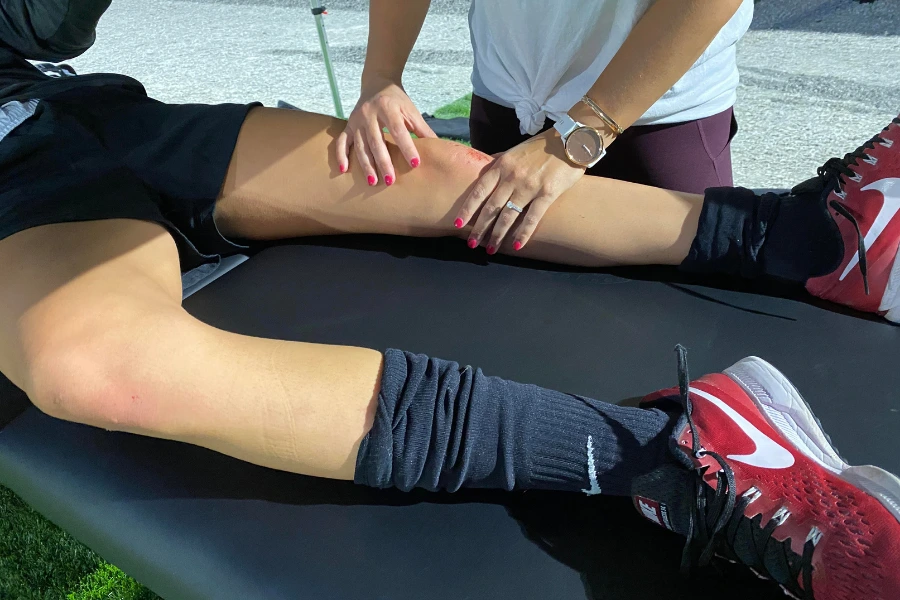
The key to proper recovery is receiving appropriate treatment as soon as possible. The type and duration of your treatment will vary with how severe the injury is, your current health, and whether surgical intervention is required.
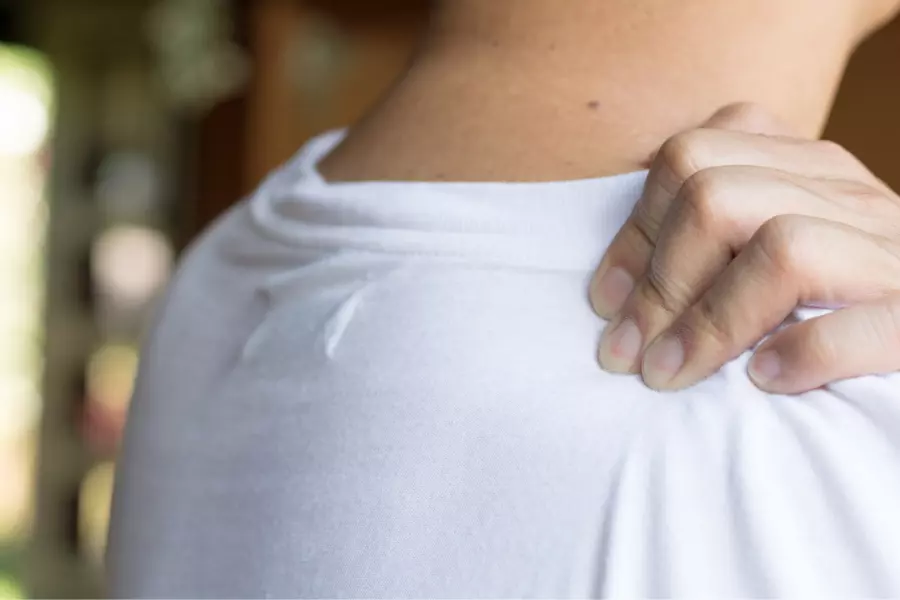
Rotator cuff injuries sometimes require surgery if they are severe enough, there are several cases where physical therapy treatments can work just as well (if not better) than surgery.
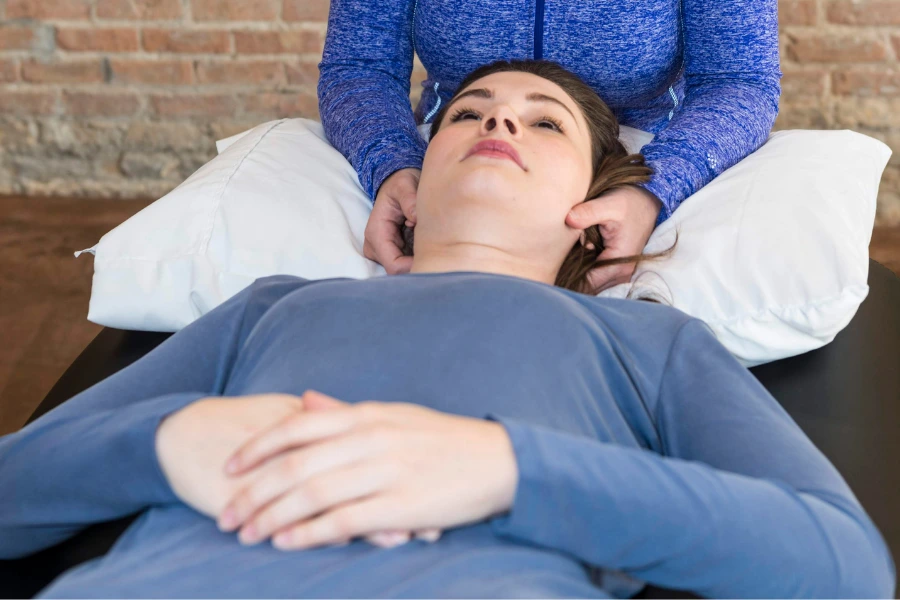
To restore the interaction of the muscles and joints and to restore normal function. Treatment may consist of different modalities. Active modalities include soft tissue massage, joint mobilization, myofascial techniques and jaw exercises.
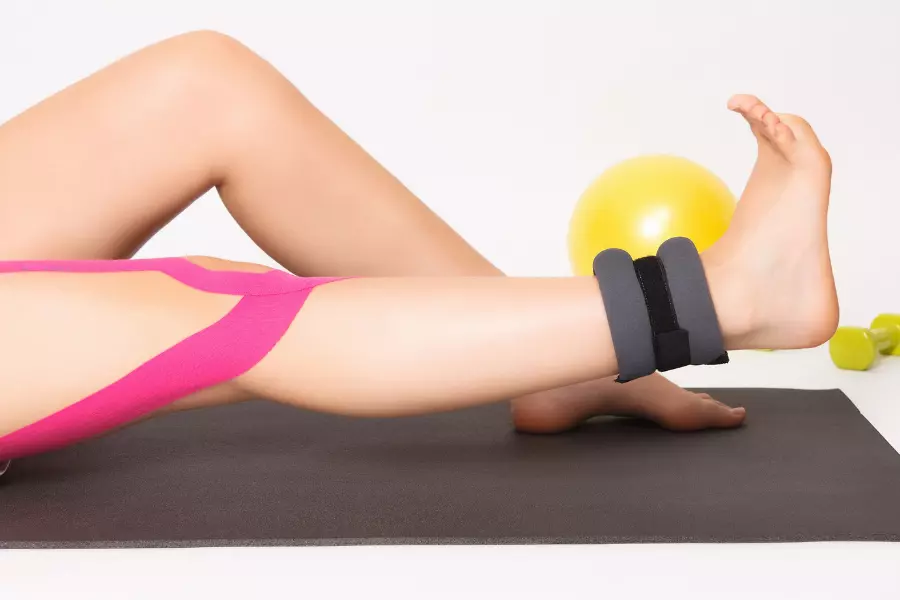
Individualized post-surgical rehab with a physical therapist not only minimizes your pain but also accelerates your rate of healing (and return to sport or work).
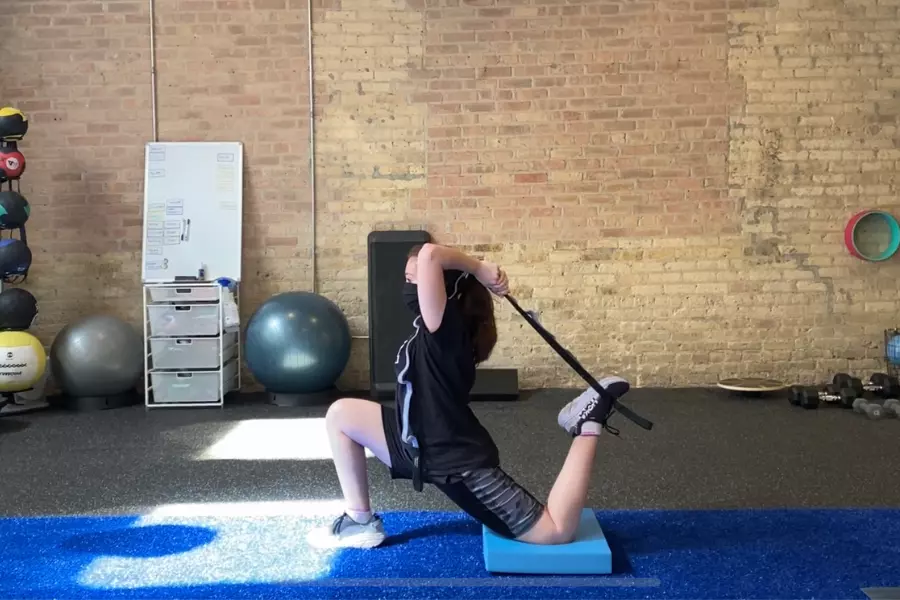
Being physically strong, flexible, and as healthy as possible will help you quickly regain normal function following the surgery.
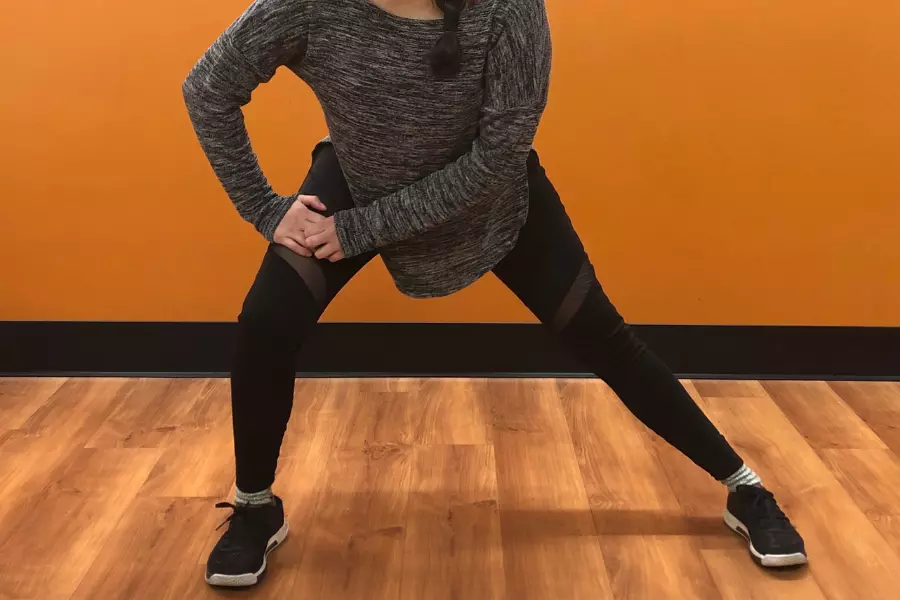
Our practice uses specific myofascial and scar-release techniques to eliminate these restrictions and prevent your myofascial system from being further compromised.